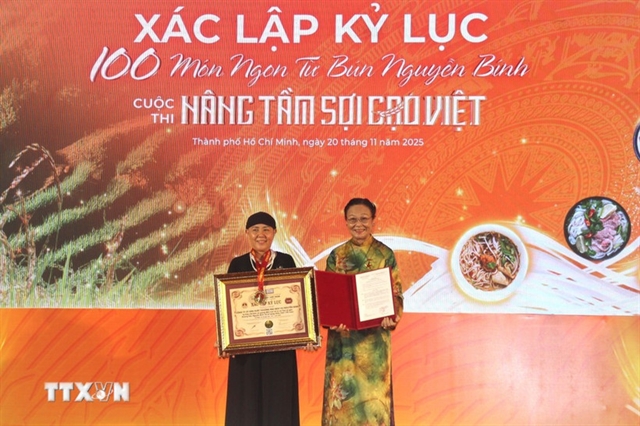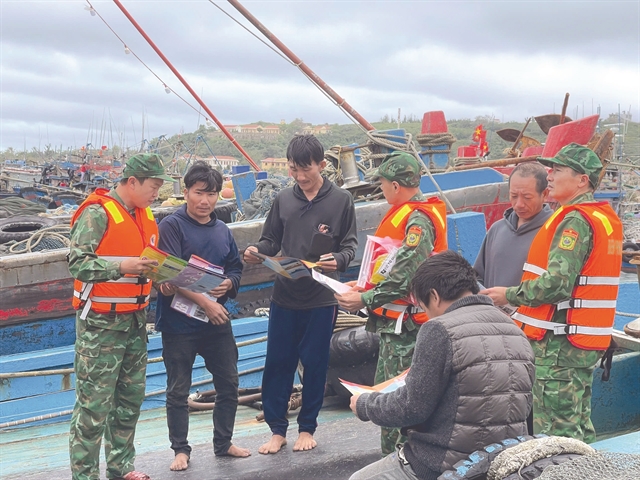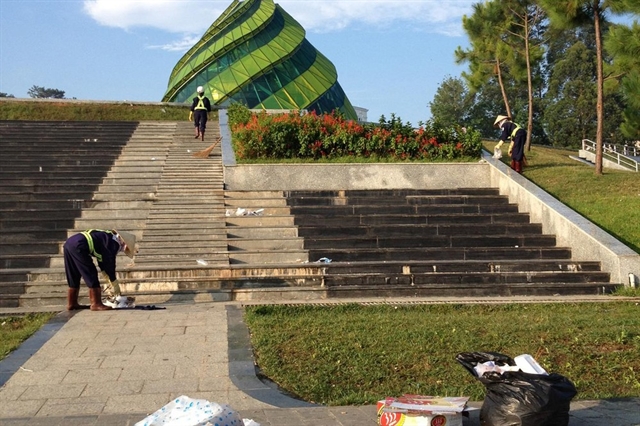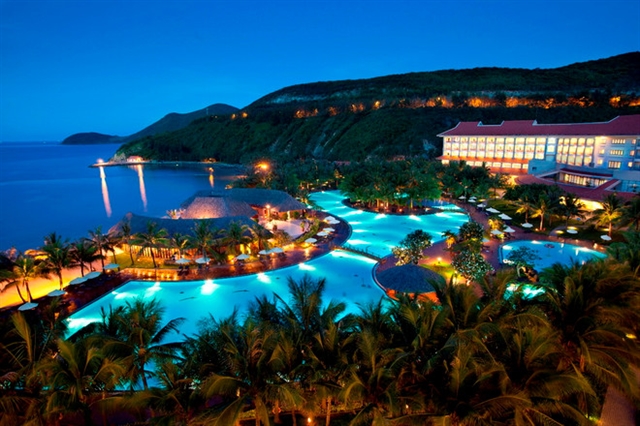 Life & Style
Life & Style

.jpg) |
| Đà Lạt was recognised as a UNESCO Creative City in Music. — VNA/VNS Photo |
LÂM ĐỒNG —To transform the resort city of Đà Lạt into a green city and a model for sustainable environmental protection, the city needs to adopt suitable solutions to curb the rampant use of single-use products, experts have said.
Single-use items such as bowls, chopsticks, cups, glasses, and food containers, made of non-recyclable plastic, have become a severe environmental problem for Đà Lạt.
It is common to see these disposable products littering streets, parks, and lakes, polluting the city’s landscape and environment.
Currently, there are no mandatory regulations requiring organisations involved in tourism activities to issue and publicly post environmental protection policies at accommodation facilities.
The development of green tourism in Đà Lạt, a city with significant tourism potential, not only contributes to the local economy but also addresses surrounding issues such as environmental concerns, cultural preservation, and livelihoods.
Recently, Đà Lạt was recognised as a UNESCO Creative City in Music, further highlighting its potential to promote green tourism in the near future and emphasising the importance of steering Đà Lạt toward a greener path.
Green tourism is not a new concept and has been discussed both nationally and internationally.
According to the Tourism Development Research Institute, "Green tourism is tourism based on the rational and efficient exploitation of resources, developed in conjunction with environmental protection, biodiversity conservation, greenhouse gas reduction, and climate change adaptation."
Green tourism in Đà Lạt shows great potential, backed by consistent central and local policy support, aligning with sustainable development goals.
 |
| Individuals can contribute to a greener Đà Lạt by making daily lifestyle changes. — Photo tienphong.vn |
Raising awareness
The first step toward a greener and more sustainable Đà Lạt is changing the mindset of locals and tourists.
Experts believe that awareness campaigns can highlight the harmful impacts of single-use products on the environment and health through media, government portals, and posters.
Relevant authorities are advised to incorporate local environmental education into school curricula to raise awareness among students and host clean-up events in schools and neighbourhoods to emphasise the effects of plastic waste on the environment while providing training for tour guides to educate tourists on proper waste disposal.
To preserve Đà Lạt’s natural landscape, everyone must make an effort, starting with individual actions to reduce single-use product consumption, experts have said.
Individuals can contribute to a greener Đà Lạt by making daily lifestyle changes, including bringing personal shopping bags; using refillable water bottles and food containers when purchasing takeout; choosing environmentally friendly products made from natural, biodegradable materials; sorting waste and avoiding littering; reducing online orders from shops with excessive packaging and donating unused items to those in need.
Businesses can explore environmentally friendly packaging to align with environmental protection goals, while organisations should minimise waste by judiciously using single-use products at events.
Encouraging alternatives to single-use products is another approach that locals, business and relevant authorities can adopt to make Đà lạt a greener destination.
Potential activities include offering tax incentives for businesses producing alternatives to single-use items, encouraging investment in R&D for sustainable products and fostering collaboration between businesses and universities, and introducing recycling and upcycling initiatives to limit purchases and waste, among others.
Legal support
Currently, no regulations require tourism establishments to issue or display environmental protection guidelines at accommodations.
Experts have highlighted that the tourism industry places significant environmental pressure on ecosystems, particularly through solid waste, wastewater, and increased CO2 emissions from transportation.
Thus, it is essential to protect, conserve, and enhance natural ecosystems to ensure their long-term ecological sustainability.
Stricter policies and regulations to limit the use of single-use products and prevent the over-exploitation of natural resources for tourism should be implemented.
Preserving and promoting local cultural values is also vital.
Green tourism enriches visitor experiences through engagement with natural attractions, interaction with local communities, and exploration of indigenous cultures.
To advance green tourism, it is essential to strengthen legal frameworks with clearer regulations, enforceable accountability measures, and incentives for sustainable practices.
This approach will help safeguard the environment and uphold the rights and dignity of local communities.
While existing laws offer a foundation, addressing legal gaps and challenges is crucial to achieving truly sustainable development in the tourism sector. — VNS




